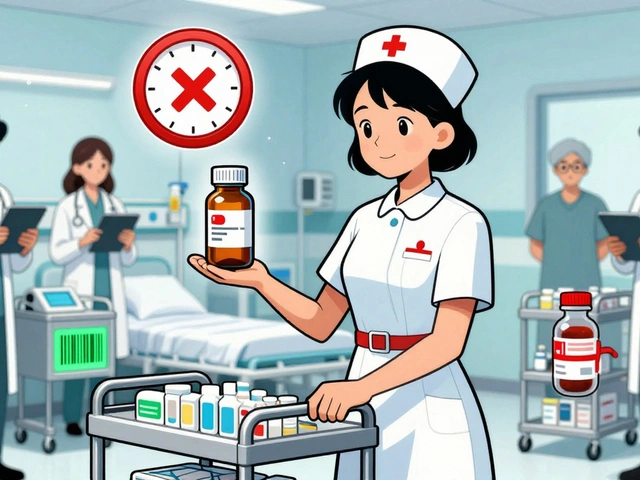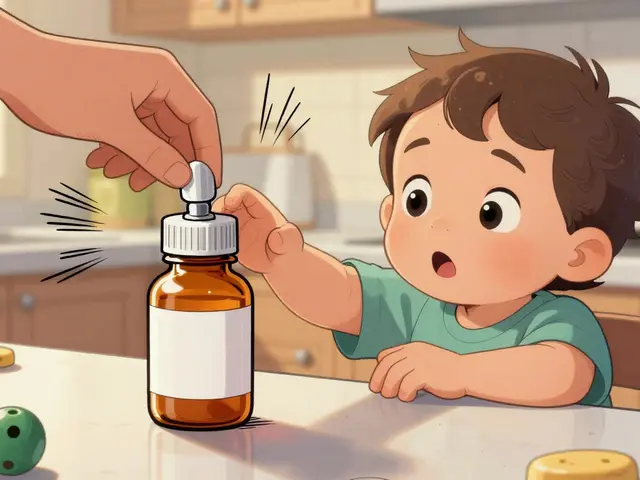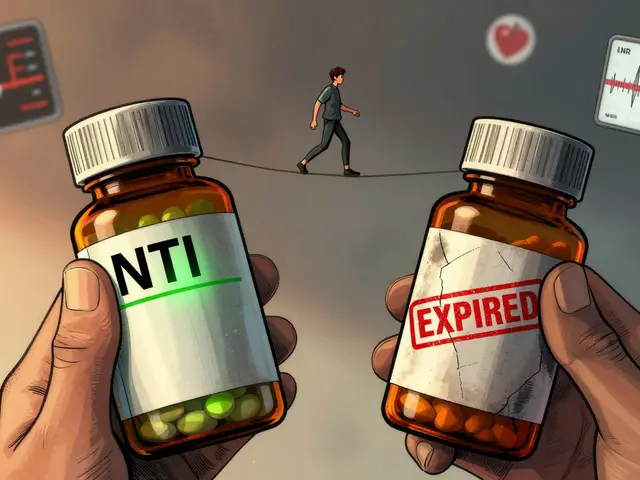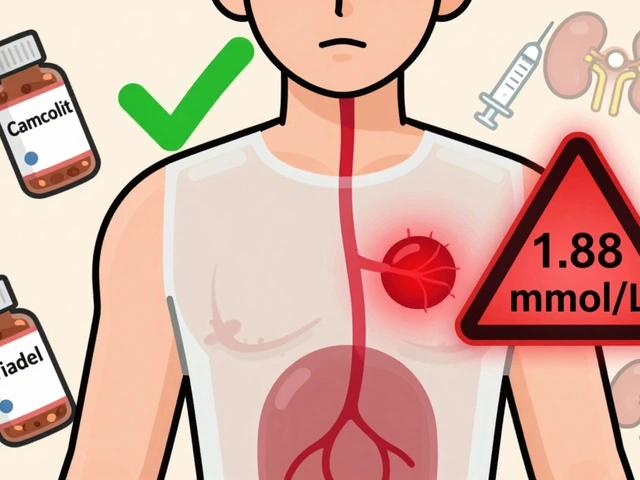Joint health: what really helps when your knees or hips hurt
Joint pain is one of the top reasons people stop doing the things they love. The good news: small changes often bring big wins. You don’t need fancy equipment or risky treatments to start feeling better. Below are clear, practical steps you can try today, plus what to ask your doctor before you spend money on pills or injections.
Move smart, not harder
Too much rest makes joints stiffer. Aim for low-impact cardio like walking, swimming, or cycling for 20–30 minutes most days. Add two short strength sessions per week—focus on the muscles around the painful joint. For knees, do straight-leg raises, mini-squats, and hamstring curls. For hips, try bridges and side leg lifts. Start slow and increase reps before adding weight.
Work on range-of-motion every day. Gentle stretches or a 5–10 minute yoga routine can reduce stiffness. Use heat before activity to loosen up and ice afterward if there’s swelling or sharp pain. A knee sleeve, ankle brace, or good shoes with arch support can change how force travels through a joint and cut pain during daily tasks.
Treatments that help — and what to watch for
Over-the-counter options: acetaminophen and NSAIDs (ibuprofen, naproxen) reduce pain. Topical NSAID gels are useful for small joints and have fewer systemic side effects. Don’t mix NSAIDs with blood thinners or if you have active stomach ulcers—check with a clinician.
Supplements: Glucosamine hydrochloride is often recommended for joint comfort. A common dose used in studies is about 1,500 mg per day. Evidence varies, but some people notice less pain and better function. If you try supplements, pick products from reputable brands and give them 6–12 weeks before judging results. Also mention any supplements to your doctor—some interact with medicines.
Injections and procedures: Corticosteroid shots can give strong short-term relief for inflamed joints. Hyaluronic acid injections aim to improve lubrication in the knee. Platelet-rich plasma (PRP) and nerve blocks are options some doctors offer for longer-term pain control. These work for some people but are not guaranteed—ask about expected benefit, risks, and cost before deciding.
Surgery is a last step when conservative care fails and pain limits life. Joint replacement can restore mobility, but recovery and risks vary by patient age and health.
Red flags — see a doctor right away if you have fever with joint pain, sudden severe swelling, inability to bear weight, or rapidly worsening symptoms. Track pain, stiffness, and what helps; that makes appointments more productive.
Buying meds online? Use licensed pharmacies, require prescriptions when appropriate, and read reviews. If a price looks too good to be true, be cautious—unsafe products are common. For deeper reading, check our guide on Glucosamine Hydrochloride and our pieces about safe online pharmacies.
Try one change this week: a 10-minute daily stretch routine, swapping a high-impact walk for swimming, or talking to your doctor about a safe OTC plan. Small habits add up—your joints will thank you.
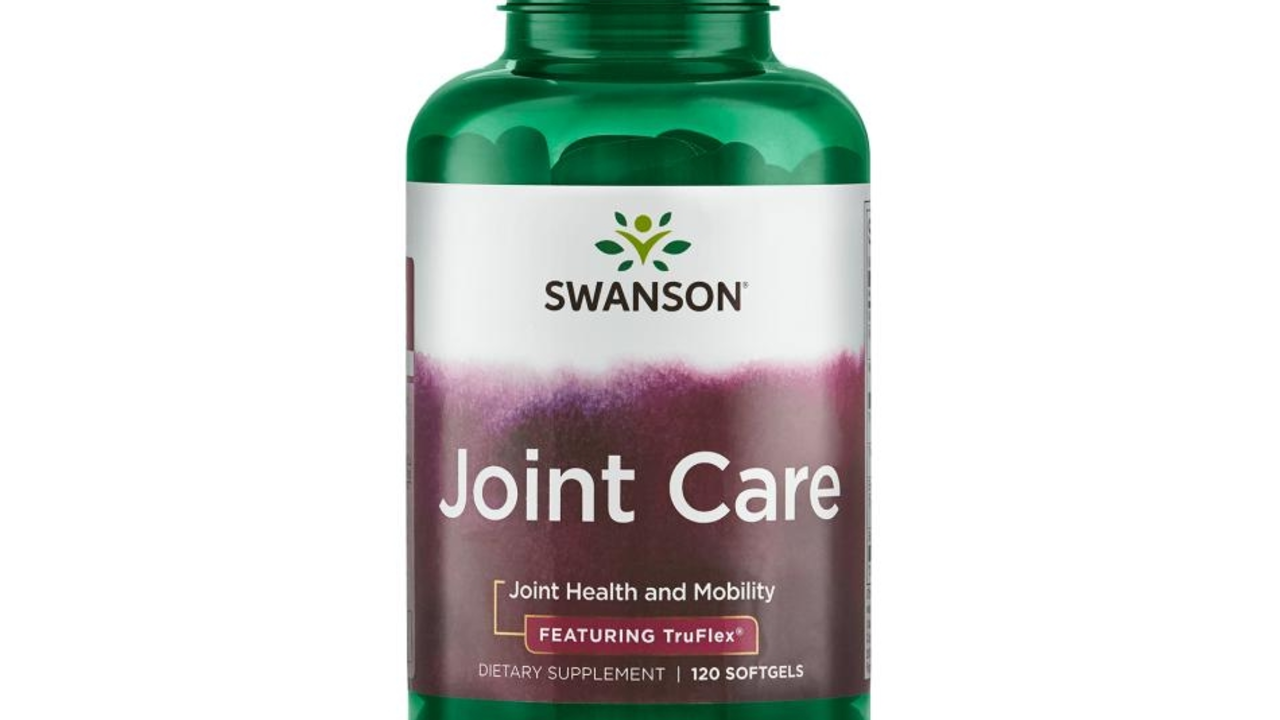
Unlock the Incredible Benefits of Glucosamine Sulfate for Joint Health and Mobility!
I recently came across the incredible benefits of Glucosamine Sulfate for joint health and mobility, and I just had to share it with you all! As we age, our joints tend to weaken, and Glucosamine Sulfate is a natural way to help improve overall joint function. It's been proven to reduce joint pain, inflammation, and stiffness, making daily activities much more comfortable. Not only does it promote the rebuilding of damaged cartilage, but it also helps maintain joint flexibility. So if you're looking to keep your joints in tip-top shape, consider giving Glucosamine Sulfate a try!
View More
